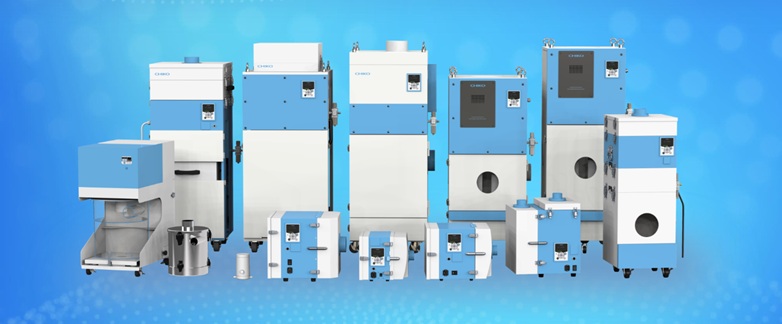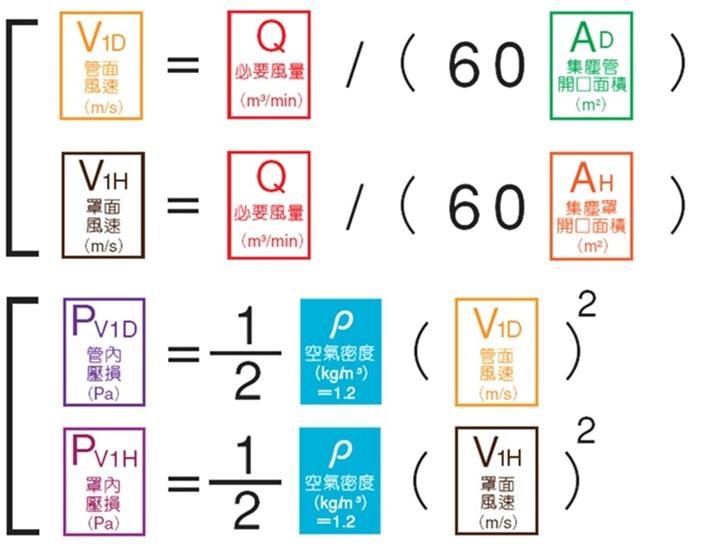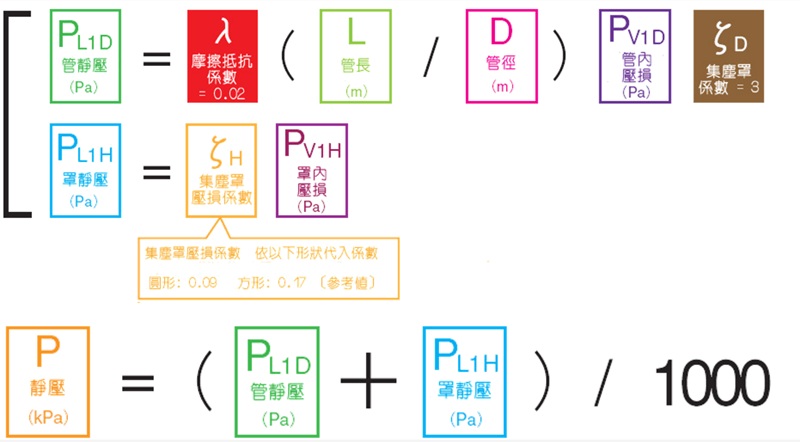
Please check the following points:
⭕Has electrostatic control been properly implemented?
In most manufacturing processes, the biggest challenge in dust removal using a dust collector is static electricity.
Dust adhered by static charge is usually difficult to remove with the dust collector alone and therefore requires the use of an ionizer for neutralization.
In addition, the condition of the dust adhesion surface (e.g., whether it is smooth or uneven) also affects dust collection efficiency, so special attention is required.
⭕Is the dust compatible with the dust collector?
First, note the type of dust or fume being collected:
■ Dry fume
Generated during laser processing of glass or acrylic, this type of fume has low adhesiveness.
Metal processing also tends to produce relatively non-adhesive fume.
■ Sticky fume
Generated during laser processing of materials such as film-based substrates, wood or plywood containing resin or adhesive, and synthetic resins.
This type of fume is highly adhesive, and once cooled and solidified, it can cause filter clogging, preventing the dust collector from functioning effectively.
In such cases, more frequent filter replacement or the use of a specialized dust collector is required.
⭕Are the air volume and static pressure properly calculated?
To collect dust over a wide area, it is common to use a dust hood with a larger opening area and ducting with a correspondingly larger diameter.

By calculating the airflow formula, you can first determine the required air volume.
For adhering dust, however, using equipment with high pressure and high airflow velocity provides better collection efficiency.
If smaller ducts are required for installation, pressure loss must also be taken into account.
■ Formulas for air velocity and pressure loss:

■ Formula for static pressure:

By calculating air volume, pressure loss, and static pressure, a resistance curve can be obtained.
Comparing this resistance curve with the performance curve of the dust collector allows you to find the most suitable model and capacity.
If your current dust collector is not performing effectively, or if you are having difficulty selecting the right system for fine dust handling, leave it to TECH SEED!
With professional experience and expertise, our service team can help you choose and recommend the most suitable model based on accurate calculations tailored to your industry and application requirements.
• If you have any questions or need consultation regarding the effective use of dust collectors, we are always happy to assist you.